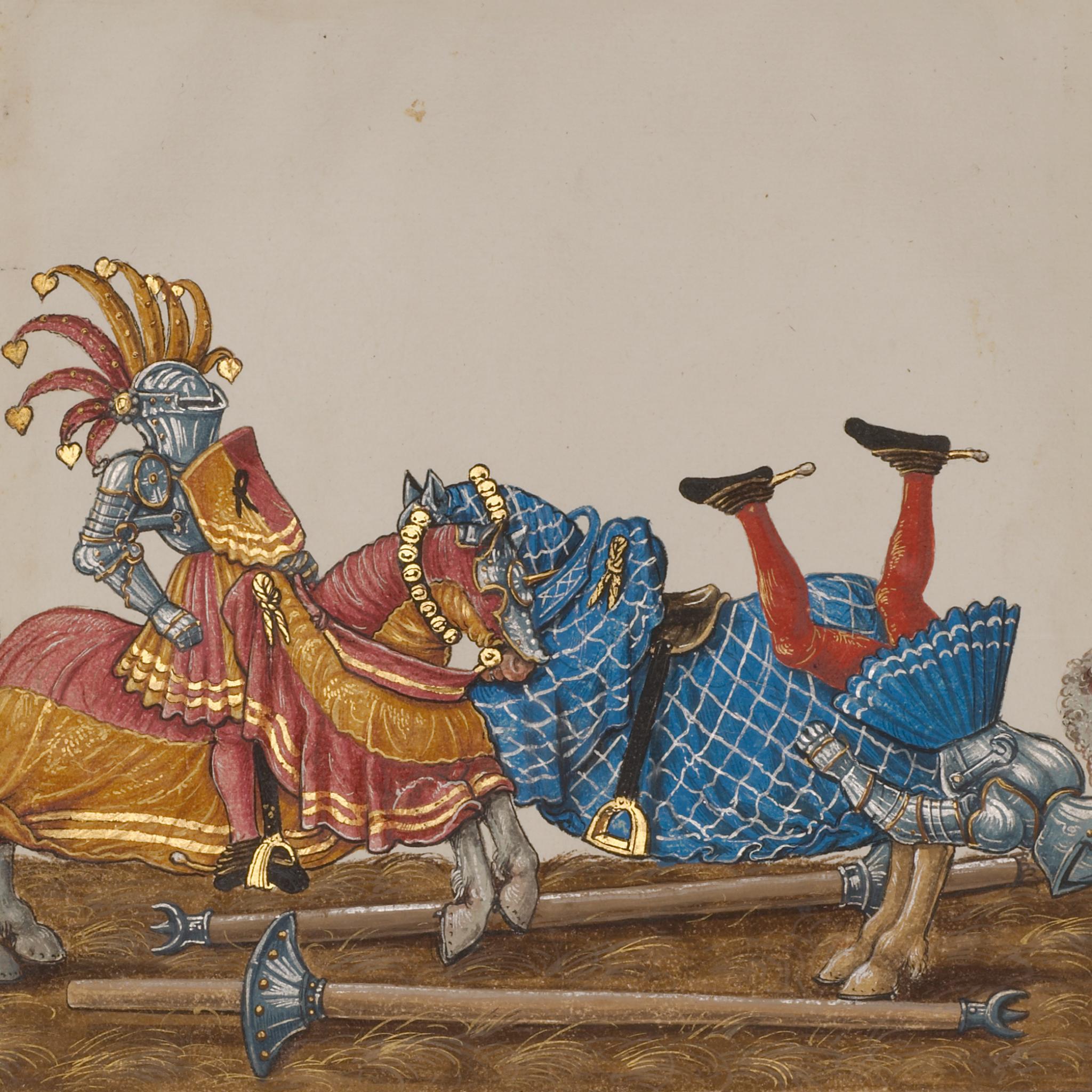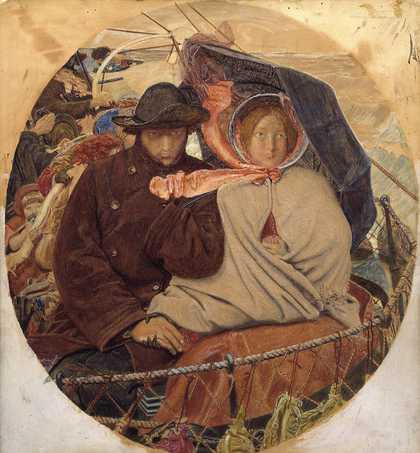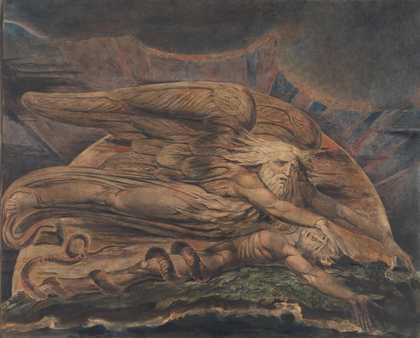Through April 1, 2026
The Met
The exhibition “The Jousting Armor of Philip I of Castile” offers a rare glimpse into the extraordinary craftsmanship and ceremonial significance of tournament armor in the late 15th and early 16th centuries. Among the many knightly combats, the joust stood out as a spectacular display of martial skill and chivalric tradition. Armorers of the age produced highly specialized suits meant solely for the joust of peace—armors that were not practical for battle but instead showcased exceptional metalworking mastery and artistic refinement.
This special installation features the jousting armor crafted for Philip I of Castile (1478–1506), on loan from the Imperial Armoury of the Kunsthistorisches Museum in Vienna. Remarkably, the armor was made for a young prince around the age of 15—a testament to both his noble status and the expectations placed upon him. Philip, who was destined for significant rule, began wearing armor as a child of six, symbolizing his early preparation for leadership and knighthood.
Philip I’s armor is notable not only for its exquisite decoration but also for its role in shaping his public image. As the duke of Burgundy and count of Flanders, and later king consort of Castile through marriage, his appearances in tournament armor bolstered his reputation as a confident and capable leader. The joust was more than a sport; it was a powerful statement of nobility, valor, and political presence, especially for a teenager who was stepping into the responsibilities of ruling over various territories, including becoming the first member of the House of Habsburg to rule in Spain.
Visitors to The Met Fifth Avenue can experience this exceptional example of Renaissance armor firsthand, gaining insights into the rituals of medieval tournaments and the cultural significance of armored spectacle. This exhibition not only highlights the technical achievements of armorers but also invites reflection on how armor functioned as a symbol of power and identity in European aristocracy.
For more details, visit the official exhibition page at The Met Museum Website.



